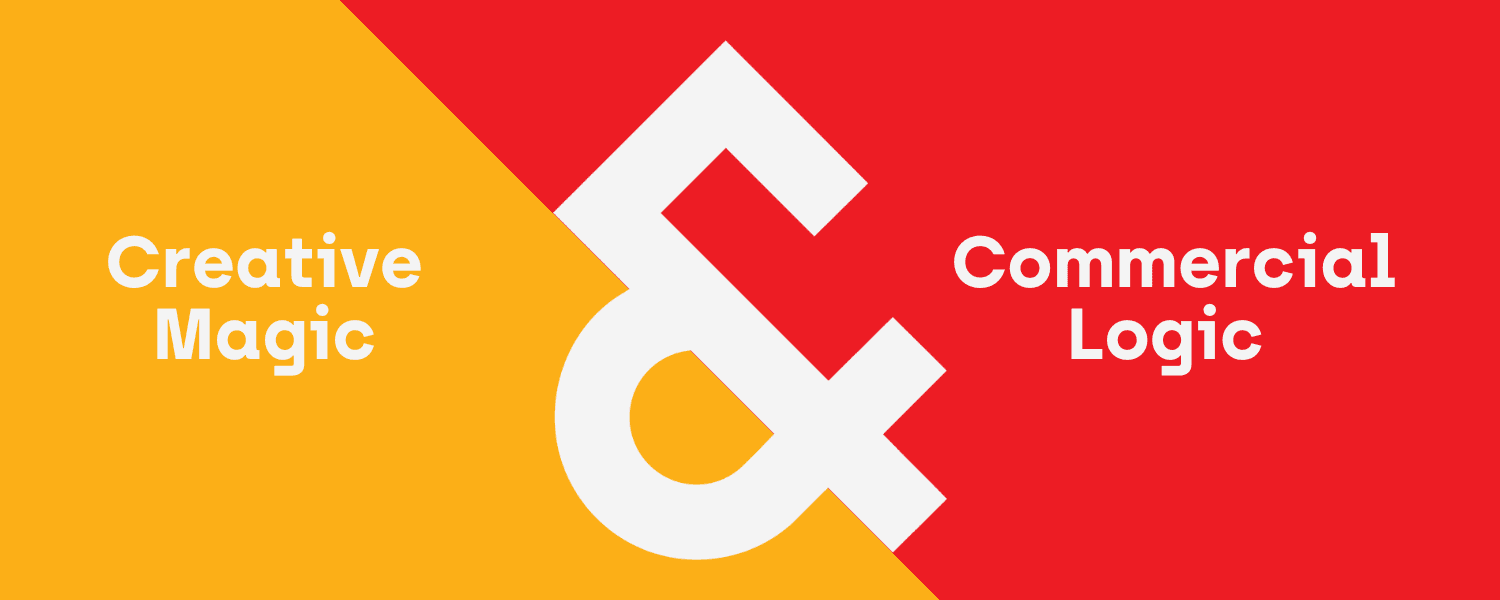
Digital Marketing Fundamentals SEO in a post-lockdown world
Having worked across multiple award-winning agencies and industries in the digital marketing field, I could write pages and pages about Search Engine Optimisation (SEO). However, with the COVID-19 pandemic in mind, there are a few important questions around SEO and digital marketing and how it has changed that are not only fascinating, but need attention. The questions I raise in this article continue to fascinate me especially. I’ll sum up my thoughts with a few highlights.
How has SEO changed in the last year? And, what are the major changes that might surprise people?
What might surprise people now is that the basics still matter. The essential fundamental SEO elements on a page are extremely important and should not be overlooked. These are things like your meta tags, keywords, internal linking, site speed etc. I’ll delve deeper into the core essentials later on.
Mobile SEO – it’s not just about a ‘responsive’ website. There’s more…
You may think your website is mobile-friendly or it has a mobile-friendly version as part of a responsive website build but is it genuinely mobile-friendly?
Does your website tick all of the mobile-friendly boxes? For example:
- How fast does your website load compared to its competitors?
- How long do visitors have to wait before they can engage with the site?
- Are your images rendering correctly?
- Is your layout responsive?
Think of this: Your website starts loading in 3 seconds, but the main interactive parts have only loaded 20 seconds later. That’s poor user experience and will certainly increase your bounce rate and therefore limit any desired customer interaction. It’s important to look at the entire user experience from start to finish and not just at face-value but how the underlying mechanics affect it.
Core SEO essentials – website vitals that you have to get right!
The Core Web Vitals are essential to get right. You’re probably asking yourself what they are? These are among the foremost vital signs of a webpage that Google can measure in terms of the user experience and if any are failing, Google will penalise you. You can generally group them into 3 categories:
- Website loading performance. How long does it take for the website to start loading? Do elements load at different intervals?
- Interactivity of the website. How long does someone have to wait before they can interact with it fully?
- Visual stability of a website. The visual stability refers to, for example, when you are busy reading/interacting with an article on a website, and suddenly the text drops halfway down the screen because something has just loaded.
Initial page load speed might be an obvious one, but delving deeper into all the other elements that affect usability and interactivity are often overlooked. Getting the above right is critical to your SEO success.
How has the recent Covid-19 lockdown affected search behaviour?
Since the lockdown took effect, there has obviously been a shift in what people search for on Google.
You yourself may have noticed a drop in many of your search query topics because they were no longer as significant in light of the lockdown. This is not to say that you should neglect your planned SEO and Google Ad strategies – these are unprecedented times, and as a digital marketer, you must make use of all available means to get the job done. This involves being agile and adaptable and therefore making adjustments to your SEO strategy.
At the same time as seeing drops in certain search query topics, there were spikes in searches obviously relating to the pandemic and lockdown.
The first reaction from digital marketers might have been a concern. However, this is where a broad mix of specialist digital marketing skills come into play. Now is the time to take advantage of all of the digital marketing tools at your disposal. Fewer people may be seeking out your brand or related topics via Google Search, as a ‘pull’ marketing channel. You have many other channels that people ARE engaging on at your disposal.
Search marketing, in many sectors, was hugely impacted especially during the initial lockdown. This is when ‘push’ marketing, such as Facebook ads, would still get your intended message to your target audience without relying on them finding you through search. People are browsing their social feeds more than ever during lockdown. Leverage the opportunities and channels to convince them to interact, make a purchase or act on your CTA.
The core fundamental products and services people are usually interested in are still applicable as their priorities shift to deal with an unprecedented national crisis. Even if it is at a smaller scale. Digital marketers need to look at how to adapt to this change through clever SEO tweaks backed by a shift in focus and support from other digital channels.
Digital marketers need to remain agile
Since lockdown has become less ‘strict’, search behaviour has started returning to normal. As a digital marketer or SEO specialist, you have to re-adjust to the shift in consumer buying behaviour again. Regardless of the ongoing lockdown situation, the latest data shows that buying and search behaviour change was not a permanent shift. Businesses and brands have to find a renewed relevance in people’s digital engagement. They need to continue to employ effective digital marketing strategies with the mindset to be agile enough to tweak and change as needed.
I’m sure you can tell that I find this all intriguing. There is always something to learn and to enjoy mastering in the world of SEO and digital marketing in general. The best place to start is to learn from the best, which is Red & Yellow. Most importantly, stay curious, work hard and dream big. The Red and Yellow textbook helped get me where I am today for which I’ll always be grateful.
Written in collaboration with the Red & Yellow team.
Author: Stephen Sandmann, owner of his own consulting company, a previous quirkstar and Vodacom powerhouse. Stephen has a keen interest in innovative, digital marketing-lead advertising and search marketing (SEO and paid search) and social media marketing, which he’s developed through his award-winning agency and corporate career at Ogilvy, Quirk (now Mirum), Vodacom and now as a consultant. He is also a knowledge partner here at Red & Yellow and partnered with us to build and maintain our online SEO short course.

